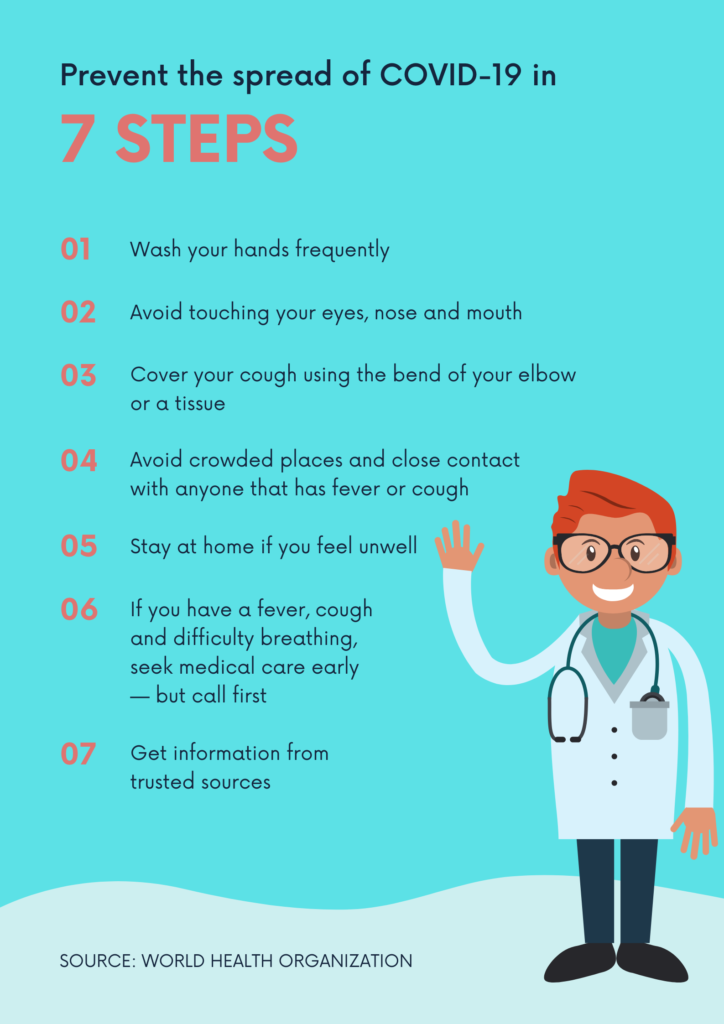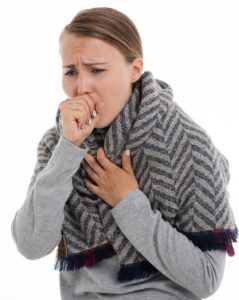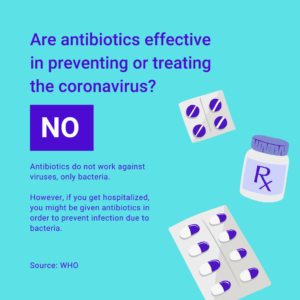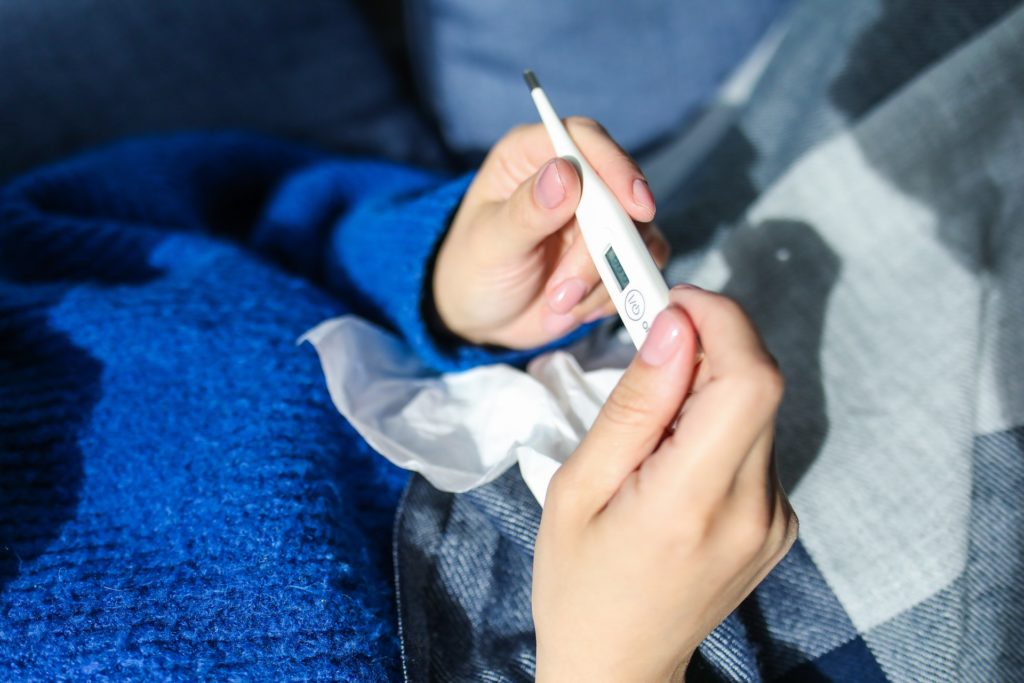Coronavirus Facts for Nurses has information nurses need to know to deal with the pandemic and protect themselves. Are you a nurse who is concerned about the coronavirus risk factors in your workplace and simply, your daily life? Perhaps you work at a hospital, nursing home, or other healthcare facility and you’ve seen the scary pictures from China, Italy, Iran, and other countries. Should you be bracing yourself for a crisis situation? The short answer is – to put it bluntly – yes. There isn’t a lot of scientific information available about this new virus, so organizations worldwide are striving to be proactive and prevent a crisis.

On March 11, COVID-19 has officially declared a pandemic by the World Health Organization. This is the first time WHO called an outbreak a pandemic since the H1N1 swine flu of 2009. Zika and Ebola were not classified as pandemics, but they were international emergencies. Eight countries, including the US, have reported more than 1,000 cases of COVID-19 (link 6).
Featured Programs
The WHO President has urged governments to take swift and urgent action to prevent the spread of coronavirus. Nurses should be aware of the facts concerning coronavirus and do everything they can to prevent its spread. But they should also know that this virus may not be as dire as some news reports make it appear to be. Read some information about coronavirus below and make your own, well-informed assessment!
Read on to learn some helpful coronavirus facts for nurses. Nurses working in public health may already know much of this, but boots-on-the-ground nurses in emergency rooms, ICUs, and other settings are getting a crash course in epidemiology and infectious disease. Responsible nurses should avail themselves of plenty of information about the coronavirus so they’re better equipped to serve their patients, community, and families – as well as protect themselves from potential infection.
What Causes Coronavirus?

The disease caused by coronavirus is called COVID-19, which began in China in December 2019. There are various types of coronavirus that have been around for a long time, though this particular strain that causes the disease just popped up in December. What are the causes of coronavirus? This is a natural question to ask. Different kinds of animals have been infected by various kinds of coronaviruses. However, it is rare for a human to be infected by a strain of coronavirus.
No one knows exactly what causes coronavirus, but scientists all over the world are studying it diligently to try to contain it and prevent it from spreading. Preventing coronavirus can be accomplished through frequent hand-washing, coughing into the bend of your elbow, and especially, staying home when sick.
What are Some Coronavirus Signs and Symptoms of Coronavirus?

Scientists think the new coronavirus can spread from a person through coughing, sneezing, and water droplets that may stay airborne after the person has left the room. Coronavirus signs and symptoms often appear between 2-14 days after exposure. Usually starting with a high temperature. So the incubation period of coronavirus can range from 2-14 days – meaning that those who have the virus must be quarantined for a maximum of 14 days to prevent it from spreading.
There has also been evidence that seems to indicate that community spread may occur. This means that people who have been infected with the virus in a particular area, and some of those people don’t know how they became infected. Coronavirus risk factors aren’t completely known, so it’s important that nurses (and everyone, really) take preventative precautions. The disease caused by coronavirus is the respiratory illness now known as COVID-19.
What is Coronavirus in Humans? How Does it Differ from Other Viruses?
Symptoms of coronavirus can sometimes seem like the common cold or flu, so infected people may unwittingly pass on the virus to others. Confirming a case of COVID-19 can only be done through a laboratory test. With such a long incubation period of coronavirus, world health organizations are proactively taking preventative measures to prevent the spread of this highly contagious disease.
Currently, there aren’t any medicines or other treatment options available for COVID-19 positive patients. Nurses can focus on simply making patients as comfortable as possible, monitoring their vitals, and taking contagious disease preventative measures to avoid contracting it. Making sure patients stay well-hydrated and consume at least some bland food at regular intervals may also aid in patients’ recovery.
Coronavirus Risk Assessment and Coronavirus Facts for Nurses

It’s easy for people to get really concerned about what the causes of coronavirus are and coronavirus news updates can elicit a fearful response. However, as nurses, it makes sense to take a step back and conduct a coronavirus risk assessment. What are the real coronavirus fact and figures? Nurses should know that yes, there are certain populations – the very young, elderly, and those who are immunocompromised – who could die if exposed to coronavirus. But check out this encouraging metric on the Johns Hopkins website. As of March 12, 2020, at 4:15 PM EST, the total confirmed cases of coronavirus were 125,865. Total deaths were 4,615. The total recovered was 67,007.
What Do Those Numbers Tell You?
Perhaps nurses like you might conclude that while the disease caused by coronavirus is serious, it’s not extremely deadly. JHU’s interactive map is also an incredible resource for separating coronavirus facts vs. fiction and distinguishing between coronavirus facts and myths. It breaks down the numbers and as nurses, we love data. You may notice that certain cities that get tremendous news coverage don’t actually have many confirmed cases of coronavirus. Factual information helps us parse coronavirus facts and fears and gauge the reality of the situation, set apart from the hype. Take a deep breath, focus on what you can do to prevent the spread of coronavirus, and try not to worry.
What about Coronavirus in Infants?
There haven’t been many coronavirus news updates about what pregnant moms, babies, nurse midwives, and nurses in labor and delivery or NICU should be doing to protect themselves. Separating coronavirus facts vs. fiction in this area can be difficult because there isn’t much data available. Plenty of nurses around the US work in obstetric settings, and the proliferation of the coronavirus is a valid cause for concern. Coronavirus protocol for nurses in obstetric settings involves similar precautions as would be in place for other viruses, including the flu.
What is the Coronavirus Risk for Babies?
A mother diagnosed with COVID-19 should be isolated from other patients during labor and delivery. Furthermore, mother and baby should be temporarily separated following birth in order to prevent virus transmission to the infant. As always, proper handwashing techniques must be diligently followed according to coronavirus protocol for nurses. And nurses should take care to avoid close contact with anyone who is suspected or confirmed to have COVID-19.
This is tricky for nurses who naturally want to make sure the mother is taken care of during labor and delivery. However, the highest priority is to prevent the spread of coronavirus. The coronavirus risk for babies is unknown at this point. Since this particular strain was discovered in December 2019, scientific studies haven’t happened yet. So pregnant women and the nurses who serve them while giving birth should implement an abundance of precautionary practices. There aren’t a ton of coronavirus facts for nurses that people can rely on yet, though current recommendations are based on best practices for other infectious diseases.
Coronavirus Facts and Fears About Newborns
The coronavirus risk for babies, and any resulting complications, aren’t known yet. But it’s natural to want to protect newborns, who are often considered the most vulnerable members of our society. Sure, we know basically what coronavirus symptoms in humans (adults) are, but what are the symptoms of coronavirus for babies? Symptoms of coronavirus in infants, like coronavirus symptoms in humans (adults), include coughing, sneezing, and respiratory distress, so nurses should be on the lookout for these symptoms in the babies and mothers in their care.
Novel Coronavirus Nursing Interventions – time to study up
The US and other countries around the world are working hard to prevent the spread of coronavirus. Therefore, infection control training for nurses is updated to ensure maximum protection for nurses, patients, and visitors. Coronavirus protocol for nurses mirrors the protocol for how nurses should handle outbreaks of other infectious diseases, like the flu. Thankfully, nurses are already familiar with containment procedures for the flu, which is a seasonal virus that hits every winter.
Parsing Between Coronavirus Facts and Fears to Provide Optimal Care
Nursing infection prevention measures are already familiar to all nurses – it’s a core part of nursing courses of study as well as continuing education coursework. So nurses should feel confident about the utility of implementing these procedures. Coronavirus facts and figures confirm that traditional prevention techniques for stopping the spread of viruses are applicable to this mounting crisis.
Reviewing nursing infection prevention measures is smart during the coronavirus epidemic and flu season in general, too. Infection control training for nurses is always essential to prepare for any kind of disease outbreak, including coronavirus. For any nurses interested in brushing up on their skills in this area, American Sentinel University offers excellent infection control courses for nurses, including a certificate program.
Anyone who’s interested in doing their part to prevent the spread of coronavirus and other viruses would be wise to take infection control courses for nurses. Apart from the usual virus control measures, there aren’t really any novel coronavirus nursing interventions currently recommended by the CDC. Common sense measures include proper handwashing, social distancing, and staying home when sick. These are effective at preventing the spread of infectious diseases, including coronavirus.
Related:
- 25 Covid-19 Resources for Health Care Professionals
- Nursing in a Pandemic: Understanding the Duty of Nursing Professionals in the Face of a Global Crisis
- What Nurses Need to Know About Coronavirus
- Working in Nursing Homes During a Pandemic: What Nurses Need to Know
- Who Advocates for Nurses in a Pandemic?
- Nurses’ Rights to PPE
